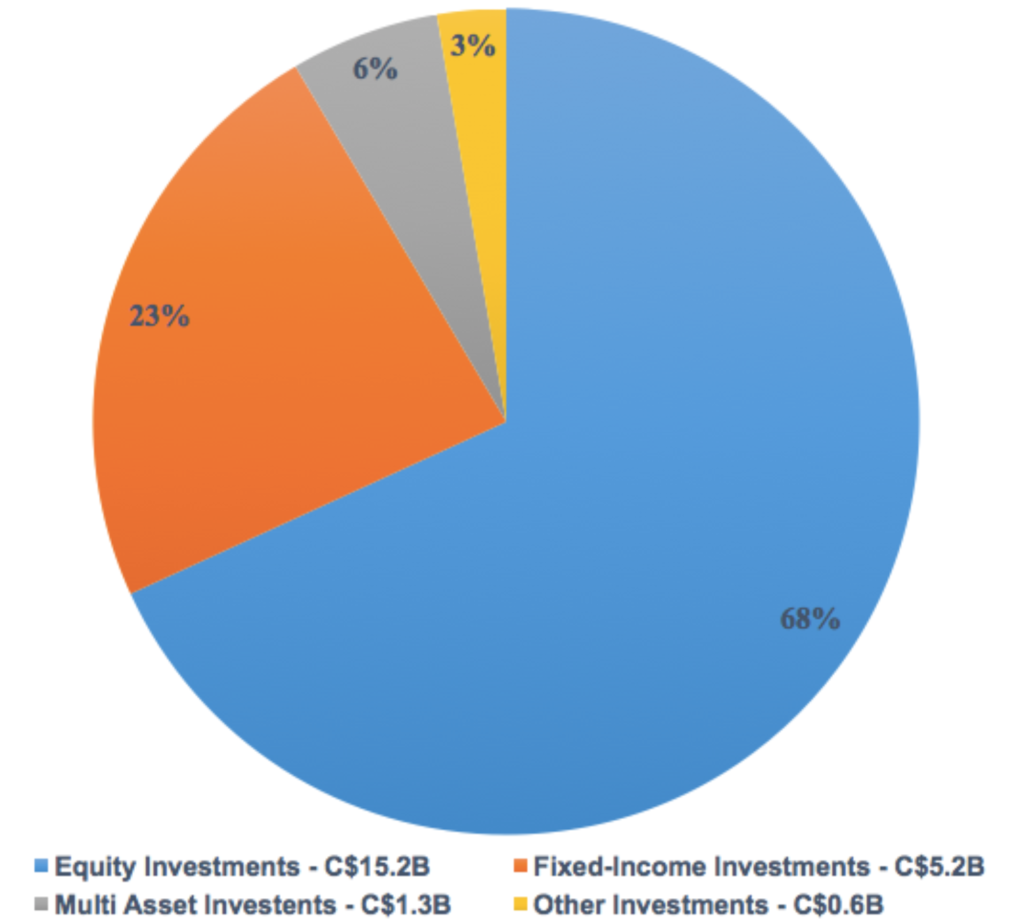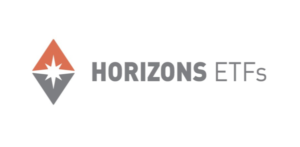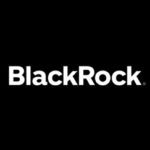According to the National Bank of Canada, this year, 68% of Canadian ETF investments were made in equity funds, compared to last year when fixed-income funds dominated ETF investments.
CHART 1: H1/2020 Canadian ETF Investment Allocations

The top two ETFs with the highest net inflows so far this year were Horizons S&P/TSX Capped Composite Index ETF (TSX: HXCN) and Horizons Canadian Select Universe Bond ETF (TSX: HBB), which together attracted C$2.5 billion.
Risk-averse ETF investors focused mainly on two specific funds for high-interest savings, the CI First Asset High Interest Savings Fund (TSX: CSAV), which received net inflows of C$991 million, and the Horizons Cash Maximizer ETF (TSX: HSAV), which received net inflows of C$396 million.
CHART 2: Top 5 Canadian ETFS – H1/2020
|
ETF |
Symbol |
Net Inflow (C$) |
| Horizons S&P/TSX Capped Composite Index ETF |
TSX: HXCN |
$1.3B |
| Horizons Canadian Select Universe Bond ETF |
TSX: HBB |
$1.2B |
| CI First Asset High Interest Savings ETF |
TSX: CSAV |
$991M |
| BMO S&P 500 Index ETF |
TSX: ZSP |
$922M |
| Horizons S&P 500 Index ETF |
TSX: HXS |
$845M |
Source: National Bank of Canada; eResearch Corp.
The Horizons S&P/TSX Capped Composite Index ETF (TSX: HXCN) listed publicly in February this year and replicates the performance of the S&P/TSX Capped Composite Index. HXCN is currently trading at C$23.24 per share, with net assets of C$1.18 billion and management fees of 0.05%.

The Horizons Canadian Select Universe Bond ETF (TSX: HBB) listed publicly in 2014 and focuses on replicating the performance of the Solactive Canadian Select Bond Index. HBB is currently trading at C$51.72 per share, with net assets of C$1.72 billion and management fees of 0.09%.
The CI First Asset High Interest Savings ETF (TSX: CSAV) listed publicly last year, with a focus on preserving capital and liquidity by investing in high interest deposit accounts. CSAV is currently trading at C$50.20 per share, with net assets of C$2.44 billion and management fees of 0.14%.
The BMO S&P 500 Index ETF (TSX: ZSP) listed publicly in 2012, with a focus on replicating the performance of the S&P 500 Index. ZSP is currently trading at C$48.14 per share, with net assets of C$6.52 billion and management fees of 0.09%.
The Horizons S&P 500 Index ETF (TSX: HXS) listed publicly in 2010, with a focus on replicating the performance of the S&P 500 Index. HXS is currently trading at C$85.53 per share, with net asset of C$1.87 billion and management fees of 0.10%.
U.S. ETF Market
In H1/2020, The Vanguard Group attracted the greatest volume of ETF investments in the U.S. with US$89 billion in net inflows, compared with the U.S. ETF leader, BlackRock, Inc. (NYSE: BLK), that received only US$38 billion in net inflows.
 However, BlackRock still leads the U.S. ETF market, accounting for 38.3% of total assets under management (“AUM”), followed by Vanguard Group who accounts for 27.3% of AUM.
However, BlackRock still leads the U.S. ETF market, accounting for 38.3% of total assets under management (“AUM”), followed by Vanguard Group who accounts for 27.3% of AUM.
More than a decade ago, BlackRock became the fund industry leader after acquiring the iShare line of funds. For the past five years, BlackRock beat Vanguard in annual U.S. ETF inflows through various strategies. Last month, BlackRock lowered fees on three of its U.S. ETFs, including its largest product, the iShares Core S&P 500 ETF (NYSE: IVV).
Meanwhile, Vanguard recently experienced growth in its ETF lineup from converting its mutual fund holdings over to lower-cost ETF products, through a patented structure in which Vanguard’s ETFs operate as a separate arm of its mutual funds business.
Global ETF Listings
According to ETFGI, an ETF-focused research firm, from January to April, there were 239 newly launched ETF products globally, the lowest number of new ETFs in the comparable four months since 2014.
However, in the latter-end of H1/2020, ETF activity spiked with 83 new listings in May and 113 new listings in June, the highest number of new listings compared with past June periods.
As the COVID-19 pandemic continues to be prevalent, more capital is expected to be reallocated towards lower-risk and higher liquidity investment products such as ETFs.
//

